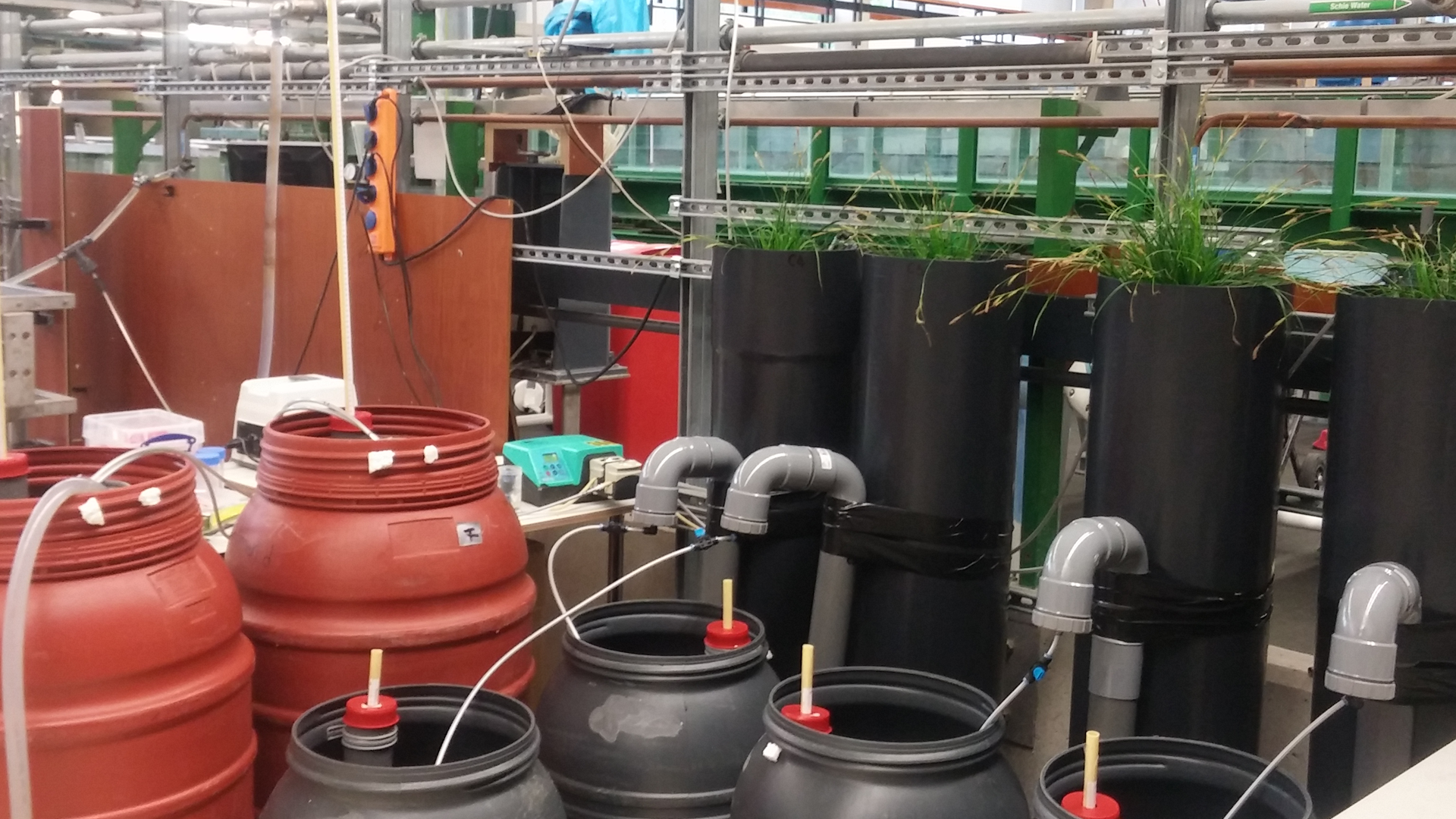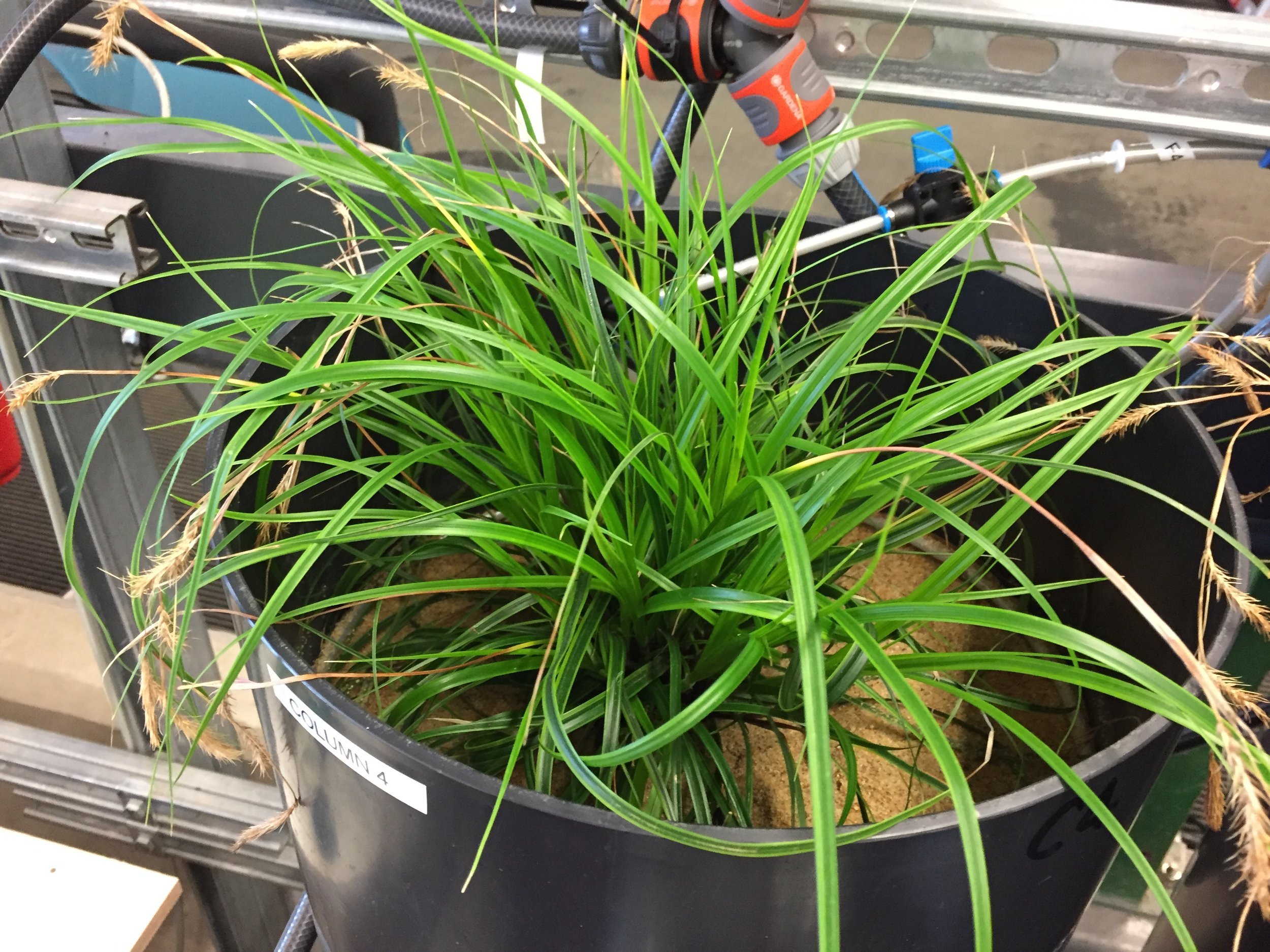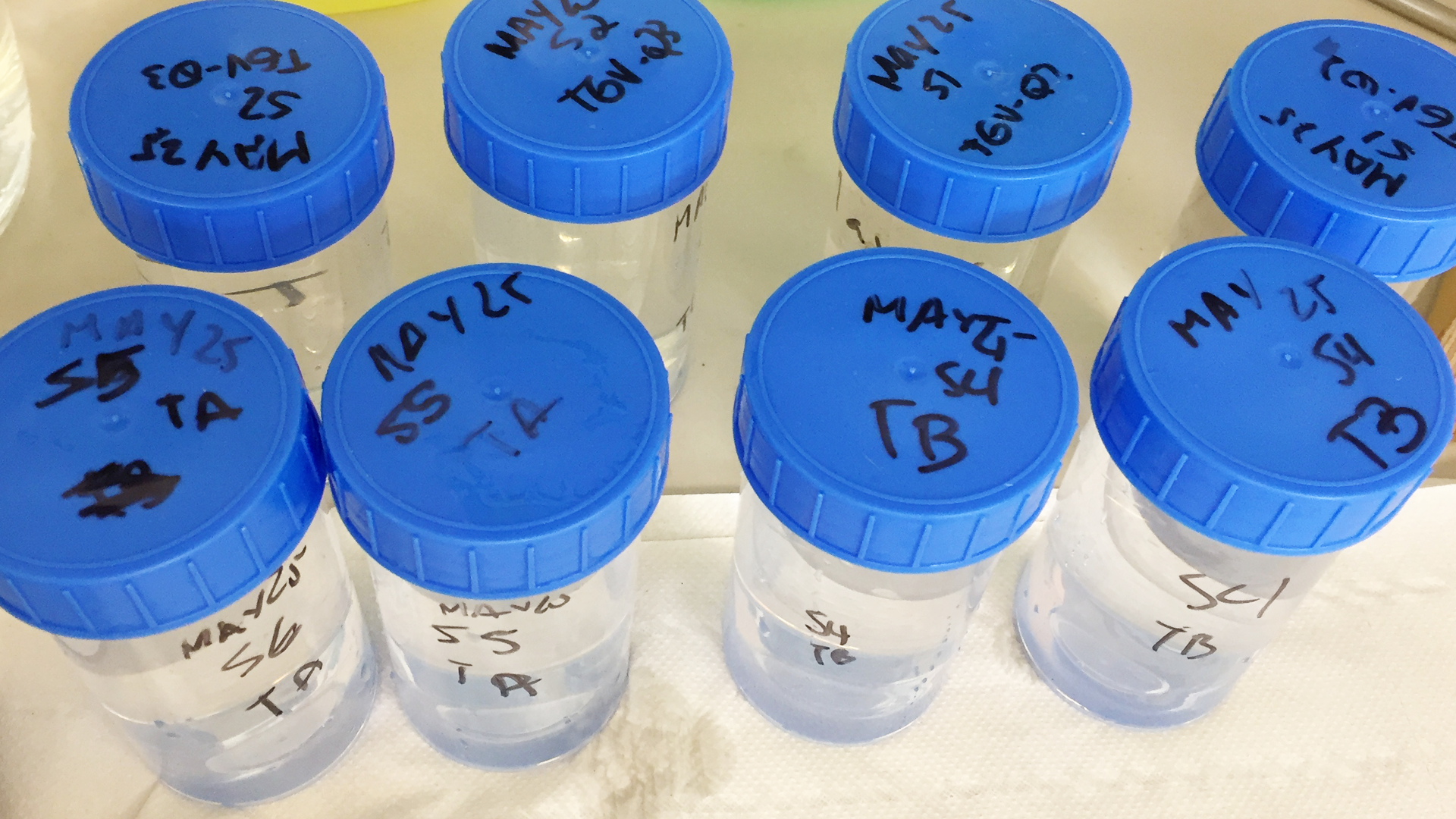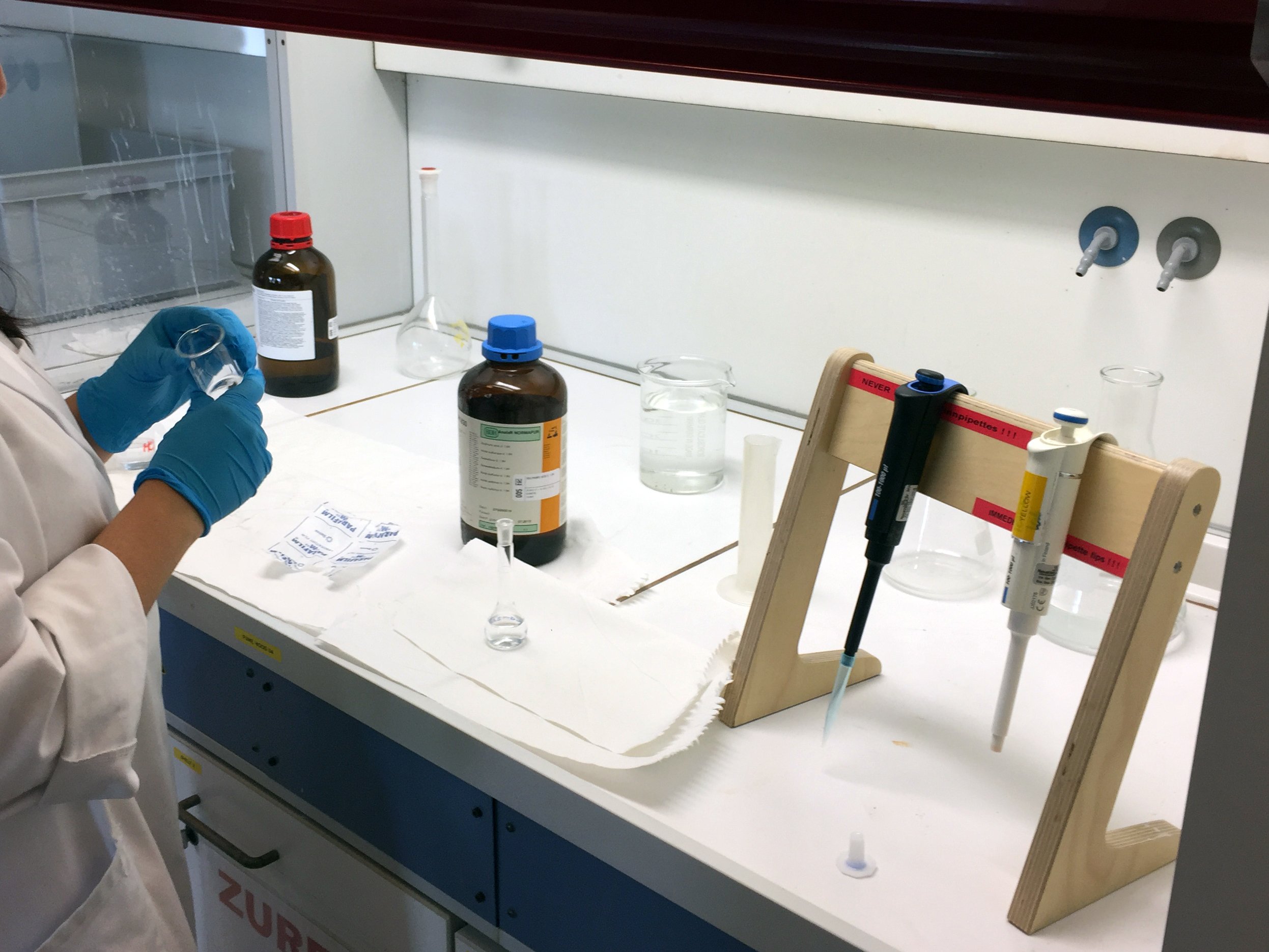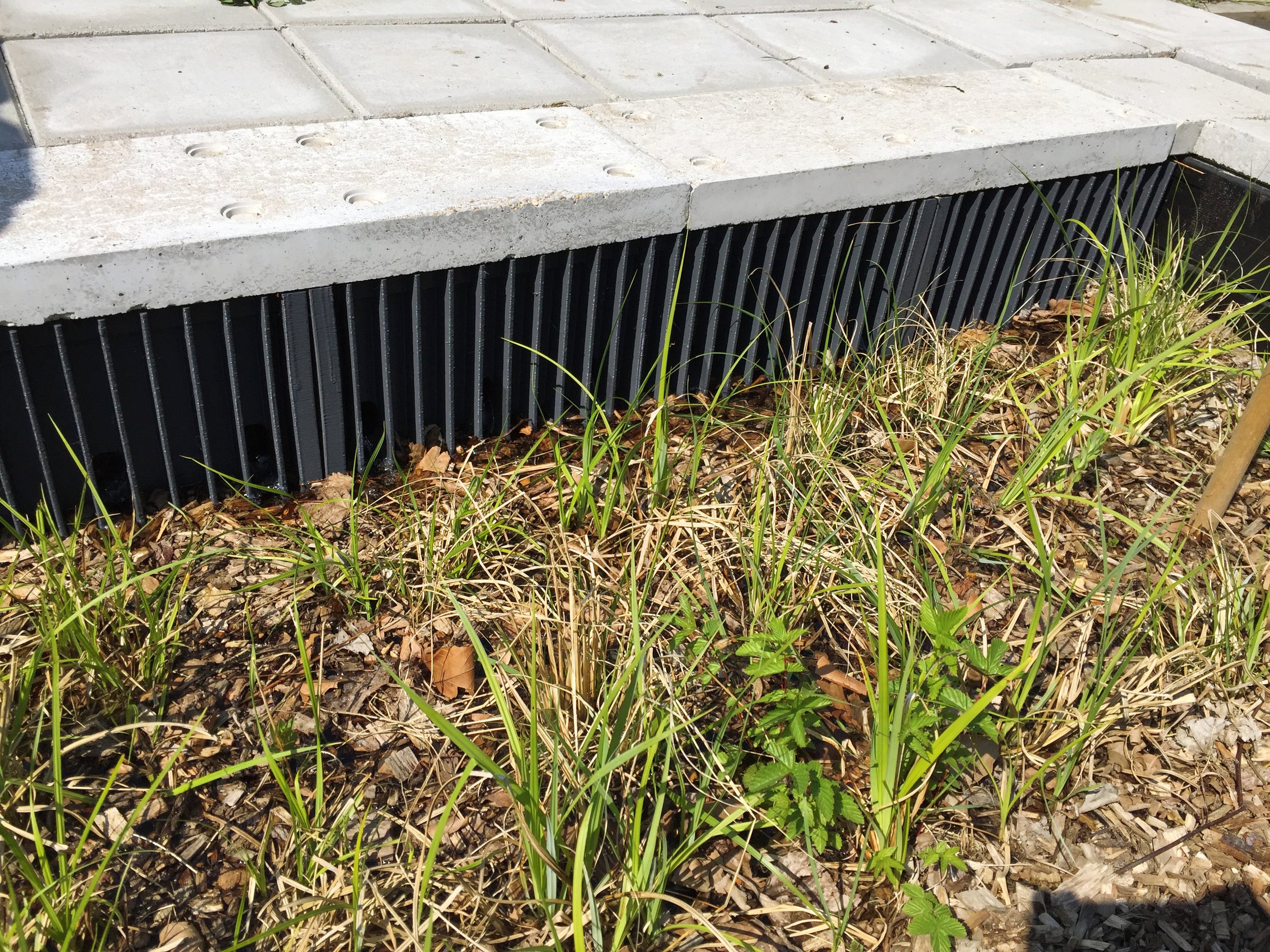Constructed Wetlands for water treatment
Wetlands are natural ecosystems that consist of a land area partially or completely covered by water on a seasonal or permanent basis. Their key features are the level and frequency of flooding.
From these, wetlands develop specific characteristics regarding the soil and the organisms they house. As such, wetlands are known world-wide for their biodiversity, with a variety of fish, birds, amphibians and aquatic plants, that involve in some cases endemic species. Swamps, marshes, estuaries, deltas, mangroves, mires, bogs, fens, coral reefs, among others, are included as wetlands.
One of the invisible benefits of wetlands is the purification and retention of water. Under this light, wetlands are complex systems with biogeochemical processes interacting with each other. The type of soil and the microorganisms present play an important role in the removal of pollutants from water streams that traverse through a wetland.
Constructed wetlands are man-made infrastructure that aims to replicate the conditions of a natural wetland and enhance its biogeochemical processes for water treatment. Since the 1960s, this technology has been applied and researched for the purification of several types of wastewater, including domestic and industrial wastewater, such as liquid residues from the textile, mining and food processing industries and landfill leachates. With the development of knowledge and the maturity of the technology, it has also been used for removing pollutants from sewage and from stormwater, collected or as runoff, as Stormwater Treatment Facilities.
Bluebloqs Biofilter
Bluebloqs Biofilter is part of our retention, treatment and storage system for rainwater reuse. It is designed as a constructed wetland with vertical downward flow, to minimise operational costs and optimise the use of space. As a constructed wetland, it can be tailored to meet water quality requirements and the hydraulic performance to handle a specific runoff flow, by managing variables such as retention time and soil properties.
Performance of Bluebloqs Biofilter
The first prototype of Bluebloqs Biofilter has been developed to comply with the Dutch regulation for aquifer infiltration ‘Infiltratiebesluit bodembescherming’. Pilots of BlueBloqs Biofilter are being tested to analyse their treatment efficiency for target pollutants, likely to be found in stormwater runoff. This includes metals like Zinc, Cadmium, Copper and Nickel; nutrients such as Phosphate, Nitrate and Ammonia; and organic micropollutants such as Phenanthrene, Toluene and Naphthalene. The experimental work is being carried out in a controlled environment at the Water Lab at the TU Delft and under natural environmental conditions at the field lab The Green Village.
A full-scale pilot of Bluebloqs Biofilter has been installed at the football stadium of Sparta, in the city of Rotterdam, where it has been designed to treat 20 m3 of stormwater per hour. The purified water will be subsequently infiltrated in the underground for storage and recovered for the irrigation of the football field. The system will be monitored for a year.
Curious about how constructed wetlands work? Visit our demo at The Green village in Delft, or our pilot at Sparta, Rotterdam. Interested in the removal of metals, nutrients or microorganic pollutants from your wastewater or stormwater? Give us a call!



